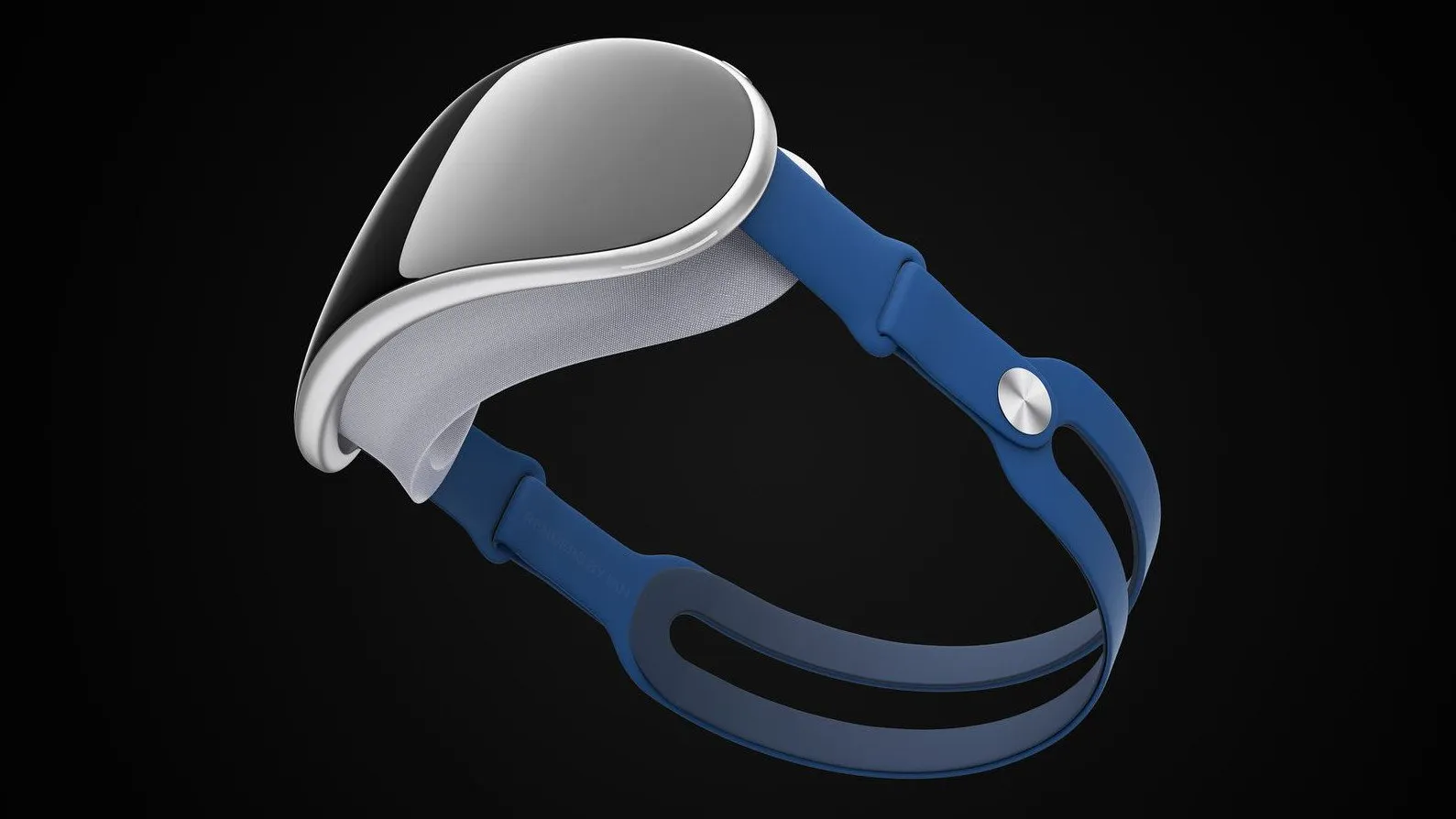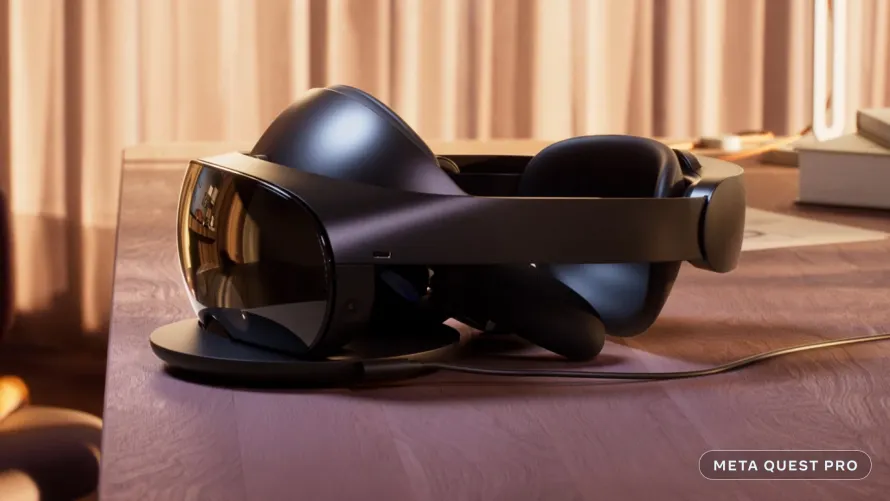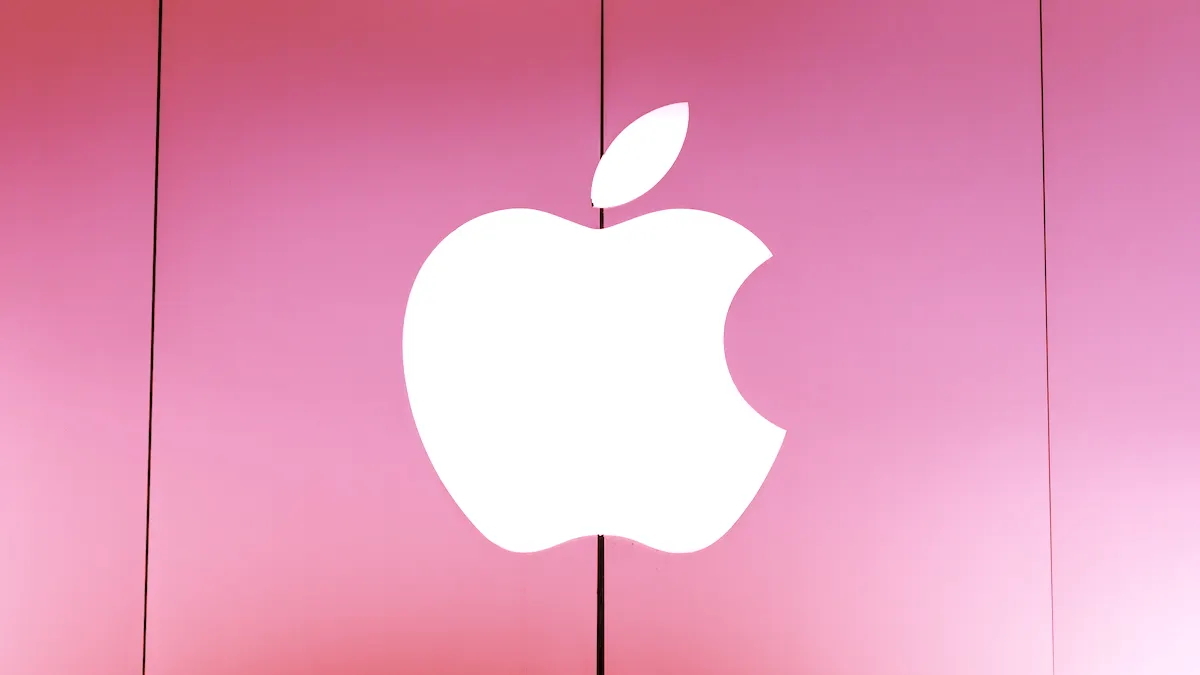Tech giants see huge opportunity in the metaverse—the name given to a future, more immersive vision of the internet with potential real-world ties. Facebook parent Meta has bet big on the prospect, as its rebrand suggests, while Microsoft has both teamed with Meta and tried acquiring a major game publisher (if regulators approve) as it builds momentum in the space.
What about Apple?
The iPhone and Mac maker has famously taken a unique approach to hardware and software design, even incorporating its “Think Different” ethos into its marketing. As the metaverse takes shape through new hardware and online worlds—some of which will be built with interoperable Web3 tech like NFTs—Apple may again forge its own path.
Reports suggest that Apple will begin its entry into the metaverse with a pricey headset that bridges the gap between virtual environments and digitally enhanced real-world use. And it'll reportedly be revealed in a matter of days.
Can Apple take the metaverse mainstream, as it has with so many past gadgets? Here’s what we know so far.
What is Apple building?
Apple’s augmented reality (AR) ambitions have been tracked by tech media for years as the firm has reportedly been building in that direction since 2015. The latest reports suggest that Apple will begin with a high-end mixed reality headset that offers both virtual reality (VR) and AR functionality, with plans to release other AR-specific hardware further in the future.
Bloomberg reports that Apple’s first headset is expected to be announced on Monday, June 5 at the company's annual WWDC conference, with a release to the public later in 2023. It's believed to be called the Reality One or Reality Pro, based on earlier trademark filings believed to be tied to Apple. The headset may sell for upwards of $3,000—although noted Apple analyst Ming-Chi Kuo previously pegged a price in the $2,000-$2,500 range.

In either case, it would be priced at a notable premium over Meta’s Quest Pro mixed reality headset from which fall, which launched at $1,500 but quickly dropped to $1,000. Still, Meta’s headset offers a glimpse of the types of experiences that are possible with a mixed reality headset—which can overlay digital content atop a user’s full-color, real world view—and the more lifelike interactions potentially enabled by the tech.
On one hand, it’s a fully-loaded VR headset that can access online social platforms (like Meta’s own Horizon Worlds) and play immersive games. On the other hand, mixed reality functions can be used for interacting with digital screens and models while still seeing the real world, or creating art and music with digital tools alongside physical collaborators.
Interestingly, Meta is set to release a much cheaper headset with similar functionality. On June 1, it announced the Quest 3, a headset that will enable both VR and AR capabilities, with plans to release the new headset for $500 this fall. Meta may be trying to get ahead of the Apple hype cycle that's sure to kick into full swing if its headset really is revealed next week.
What about Apple's headset, then? The internal Micro OLED screens (one for each eye) are expected to provide a combined image at a hyper-detailed 8K resolution, while an outward-facing screen can reportedly display an image of the user's eyes from inside the headset thanks to internal cameras.
Apple's Reality One (or Pro) headset is expected to look like ski goggles, The Information reports, and it could pair to a waist-mounted battery pack to keep the design from being overly heavy and awkward.

Apple’s first headset will reportedly use a powerful M2 processor from the firm’s Macs and feature a wider array of cameras and sensors—including ones that can accurately recreate users’ leg movements, which Meta is still figuring out. The Information reports that retina scanners will enable biometric security for logging in, making payments, and more.
Other potential features mentioned in reports include motorized lenses that automatically adjust to the wearer's eyes, plus custom, snap-on prescription lenses for glasses wearers to use. However, nothing has been confirmed by Apple at this point, and some reported features may not make the first device (or even later ones).
What about the metaverse?
The metaverse won’t be limited to VR and AR headsets. There are already early Web3 metaverse games and applications that live on computers and mobile devices, and that will likely continue to be the case as more metaverse platforms pop up and overlap with each other, creating a more immersive, experiential internet at scale.
But mixed reality headsets are considered a key stepping stone towards that future, and what many believe will be the best way to experience metaverse worlds. After all, such headsets can amplify immersion and more naturally capture the nuances and interactions of wearers, all while retaining a link to the real world—potentially the best of both scenarios.
Such hardware is useless without compelling software, however, and Apple knows well the need for a smooth marriage of the two. Apple is reportedly developing a RealityOS (or possibly xrOS) operating system, per Bloomberg, along with experiential versions of apps like Maps and FaceTime, as well as avenues to consume media and games and collaborate with other wearers. The firm is reportedly working to adapt iPad apps into experiential 3D versions, along with focusing on sports, gaming, and fitness apps.
Whether Apple’s vision for mixed reality experiences and immersive online interactions matches the efforts of other builders remains to be seen, but it’s very likely that Apple will not embrace the buzzy “metaverse” term itself. Apple always uses its own unique branding—and, besides, CEO Tim Cook says he’s not a fan of the word.
"I always think it's important that people understand what something is,” Cook told Dutch outlet Bright in September. “And I'm really not sure the average person can tell you what the metaverse is."
But Cook is bullish on augmented and mixed reality tech, and the potential use cases there, telling the publication, “I think AR is a profound technology that will affect everything. Imagine suddenly being able to teach with AR and demonstrate things that way. Or medically, and so on. Like I said, we are really going to look back and think about how we once lived without AR."
What about Web3 and interoperability?
Web3 enthusiasts want to see a metaverse that’s built on open-source blockchain technology, uses NFTs to represent ownership of digital assets, and is spread across interoperable platforms that users can hop between and still utilize all of their digital stuff.
Given that, there’s been fear of centralized tech giants trying to muscle in and steer the direction of the future internet towards a direction that they can control. Interestingly, however, Meta CEO Mark Zuckerberg said that he believes an “open, interoperable” metaverse is “better for everyone,” and said that Meta will work alongside other builders far and wide.
While that’s not an explicit embrace of Web3 tech, or an acknowledgement that Meta will build a truly open metaverse platform, it is a more permissive tone than many have come to expect from the company in the past. Will Apple follow suit and build its own metaverse apps and experiences with a similar mindset?
History suggests otherwise. Apple is arguably the biggest purveyor of “walled garden” closed ecosystems, with its locked-down iOS platform and App Store model that takes a sizable cut from developers’ app and content sales.
That’s riled up rivals like Fortnite maker Epic Games, which is waging legal battles against Apple and Google in the hopes of opening up its app ecosystems. In November 2021, Epic Games CEO Tim Sweeney said that “no company can own” the metaverse, and Epic itself is making significant moves in that arena while also not using Web3 tech itself.
Recent evidence also suggests that Apple isn’t keen on letting Web3 technology disrupt its immensely profitable business model. Apple lets App Store developers sell NFTs through their iOS apps, but still takes a 30% cut of all sales—several times more than any leading NFT marketplace. That poses a sizable challenge to many current Web3 distribution models.
But Apple isn’t necessarily anti-crypto. Many notable crypto exchanges and wallet makers have iOS apps that let users spend their cryptocurrency from an iPhone. Cook has said in the past that Apple is “looking at” cryptocurrency, plus said he owns cryptocurrency and has been interested “for a while.” Apple has also listed job openings with crypto experience required.
Furthermore, Bloomberg reported in December 2022 that Apple intends to let iPhone and iPad users install apps from external, third-party sources in an effort to comply with upcoming European Union (EU) regulations. This may only apply to EU countries and others that pass similar legislation, but it suggests a changing tide for Apple products that may ultimately impact its headset ambitions as well.
All of that amounts to a decidedly murky outlook on Apple embracing a Web3-centric, open metaverse. Apple may well choose to build the metaverse its own way, apart from the rest of the industry, but it's unclear if that model will continue to bear fruit in the future as Web3 adoption grows and open platforms rise in prominence.
Zuckerberg, at least, is convinced that Apple is making its own play towards the metaverse. In response to an employee question in July 2022, per a transcript seen by The Verge, the Meta CEO said that it and Apple are in a “very deep, philosophical competition about what direction the internet should go in.”
Editor's note: This article was originally published on October 14, 2022 and last updated with new information on June 1, 2023.

